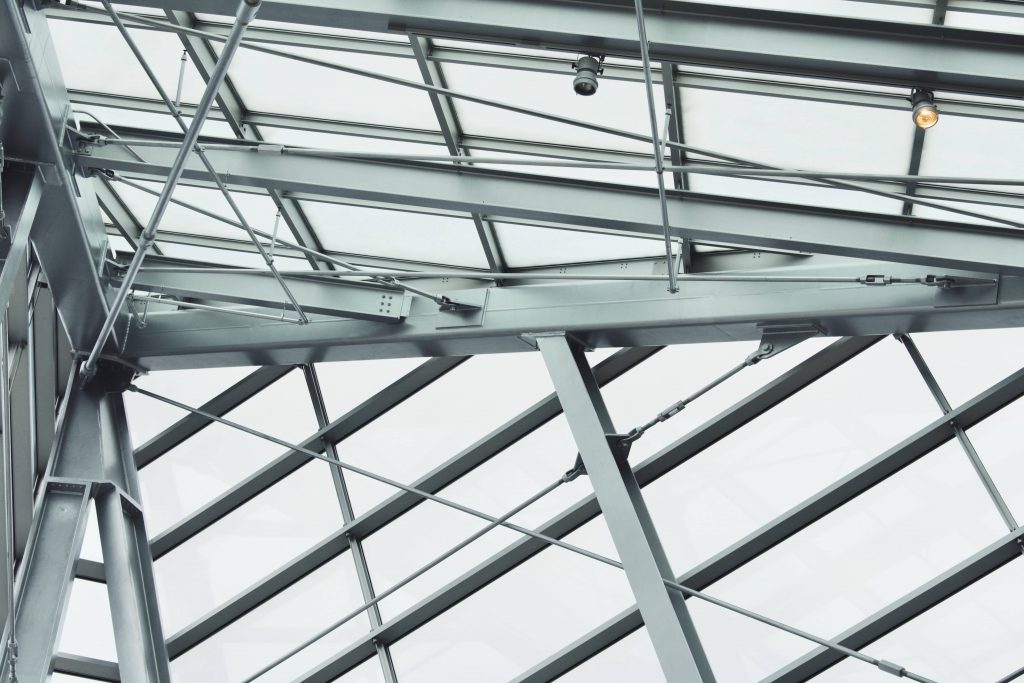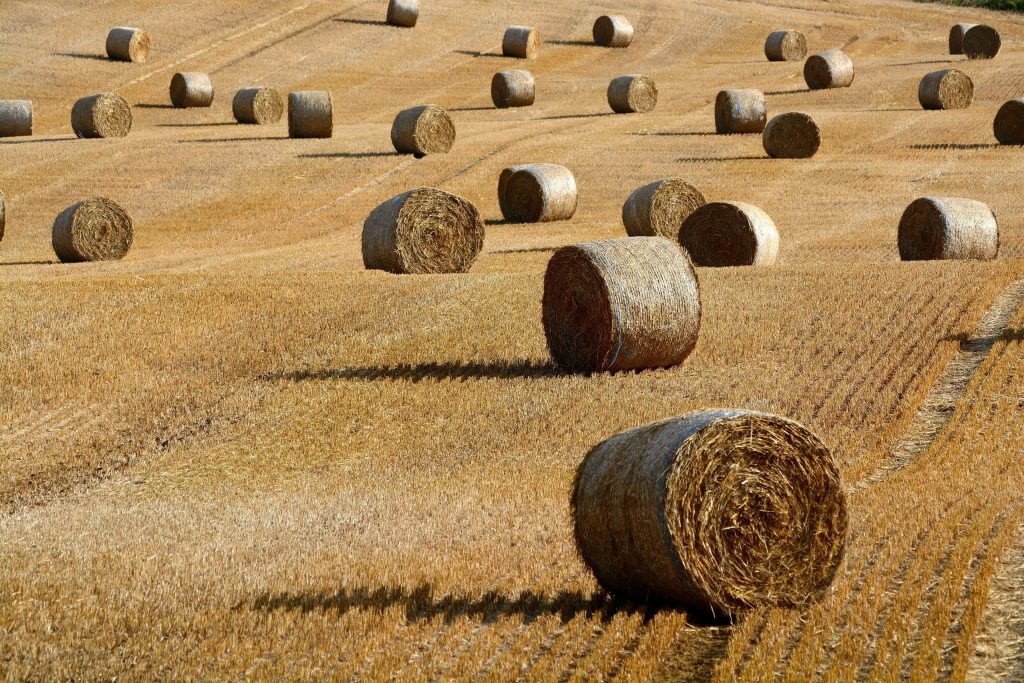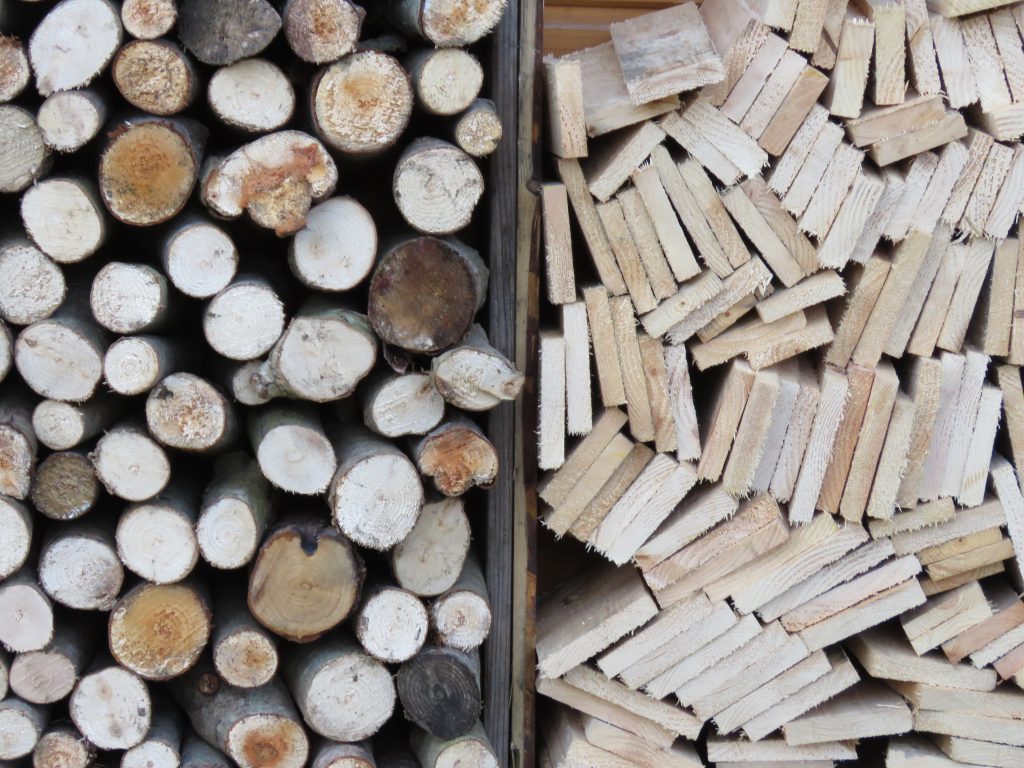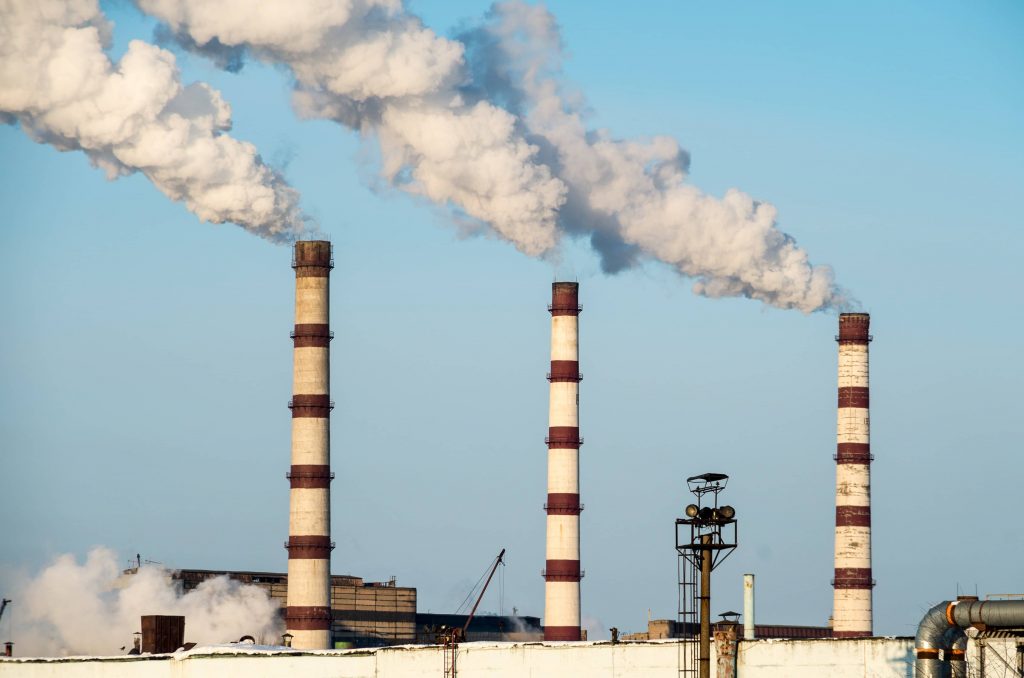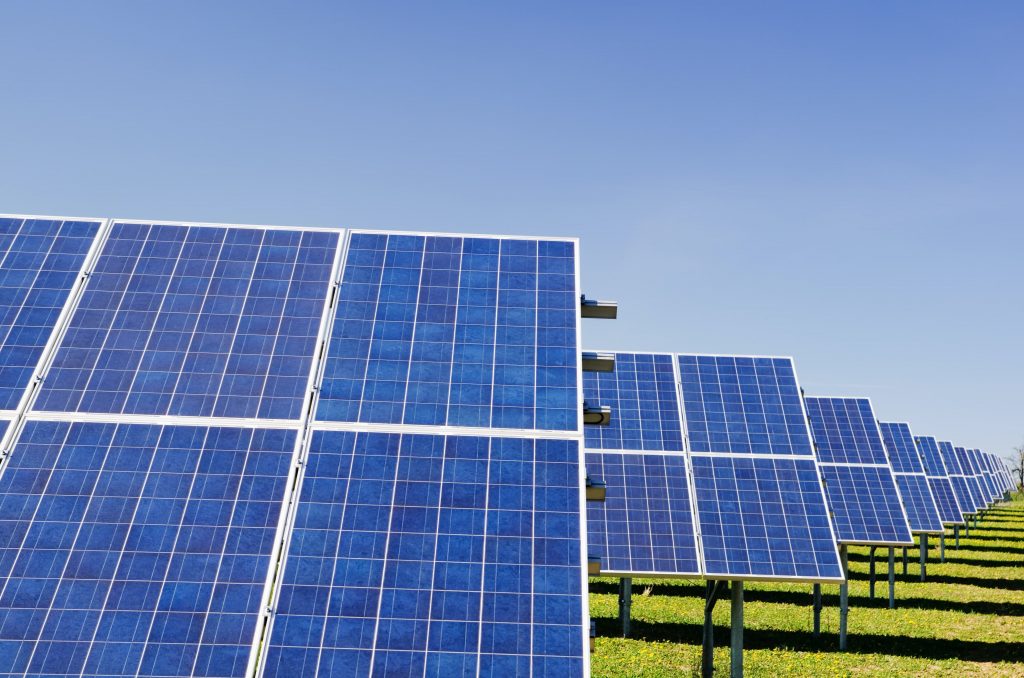Sustainable is a word that’s banded around a great deal when it comes to construction projects. From sustainable design to sustainable building materials and sustainable interiors, almost every part of the development process now requires consideration of sustainability.
Here we take a look at what sustainability is, in particular with respect to sustainable building materials, and why using sustainable building materials as part of every building project is vital.
What Are Sustainable Building Materials?
At its most basic, sustainable material is one that not only depletes resources now but one whose usage will have minimal (hopefully no) negative implications for future resources. Within that basic definition, there are a number of characteristics that a sustainable material needs to possess.
Often materials that, at first sight, appear to be sustainable actually turn out to be less wise choices. Conversely, a material such as vinyl flooring (which is clearly non-renewable as well as being difficult to dispose of) can be a sustainable flooring choice if it’s being salvaged from other premises and simply refitted in an alternative building.
Steel, created from iron and carbon, is considered one of the most recyclable and sustainable building materials in the world. It is a handy substance, heavily relied on by not only the construction industry but many other sectors as well.
The construction industry, in particular, has gone to great lengths to adopt steel recycling methods and, as a result, is reducing the impact on the environment.
1. Recycled Steel
Sustainable Building Materials #1
From 2016 to 2017, Australia recycled five million tonnes of metal waste, recording a recovery rate of 90 per cent, that’s a four per cent increase from 2014. As a highly eco-friendly material, if you’re looking to reduce your carbon footprint, then make use of steel over other materials when possible.
Using Bamboo in construction is not a new concept. In fact, people have been using Bamboo to build infrastructure for centuries; however, as the demand for widespread use of eco-friendly and sustainable building materials increases across the globe, the popularity of Bamboo has skyrocketed.
2. Bamboo
Sustainable Building Materials #1
The reasons why Bamboo is an eco-friendly resource are:
- Bamboo has an incredibly fast self-regeneration rate; some species of Bamboo how been found to grow up to 91cm in just 24 hours.
- Bamboo spreads on its own, even after it has been harvested.
- It’s incredibly durable and has excellent compressive strength, making it superior to timber or concrete.
- Bambo is much lighter than other materials, making it less energy-intensive to transport.
3. Sheep’s Wool
Sustainable Building Materials #1
Sheep’s wool is another sustainable building material with excellent eco-friendly properties. Wool fibre is naturally durable and lasts for a long time which reduces its environmental footprint. Wool is commonly used in garments but also makes a fantastic energy-efficient insulation material for walls, ceilings and roofs. More environmental benefits include:
- Wool has a long lifespan and is used longer than other fibre materials.
- Washed less frequently in lower temperatures
- Biodegradable and quickly breaks down on both land and in water.
- As a protein-based fibre, it doesn’t add to microplastic pollution.
- Wool biodegrades on land and in water – as a protein-based fibre, wool does not contribute to microplastic pollution.
4. Straw Bales
Sustainable Building Materials #1
Like a lot of the sustainable building materials we’ve touched on above, straw bales have been used within the construction industry for centuries, especially before the industrial revolution.
Nowadays, straw bales serve several purposes, but it still remains a sustainable and effective construction material.
Just like wool, straw is a renewable source and is readily available; it has a low carbon footprint, excellent insulation properties and is highly cost-effective.
When it comes to weighing up which insulation material you choose for your home or workplace, consider the following environmental benefits of opting for straw bales.
- Straw insulation reduces air pollution and stores carbon.
- Extremely biodegradable
- Produces low greenhouse gas emissions
- Decreases a home’s carbon dioxide emission
5. Reclaimed or Recycled Wood
Sustainable Building Materials #1
Deforestation, or the act of cutting down trees for commercial use, has devastating effects on the environment. Not only are millions of animals and plant species losing their homes, but the removal of trees also releases more greenhouse gasses into the atmosphere as well as disrupting the regulation of the water cycle.
For this reason, recycling wood is crucial in decreasing our carbon footprint.
Sadly a lot of our wood supply goes to waste. Millions of homes are built every year, and many others are demolished, resulting in tons of waste, including valuable wood, being interred in landfills, which again has no benefit to our environment.
It is essential to be mindful of this when constructing your home or refurbishing your shop because choosing recycled timbre works just as well and helps save our world.
6. Plant-Based Polyurethane Rigid Foam
Sustainable Building Materials #1
Plant-Based Polyurethane Rigid Foam is the eco-friendly version of the popular insulation material Rigid Foam. Now, let’s get technical for one moment. Ridge Foam has been around since the mid-’70s and has played a pivotal role in insulation technology.
However, a key material found in ridge form chlorofluorocarbons (CFCs), a compound that was proven to have drastic effects on ozone depletion and global warming. Thus, Plant-based polyurethane Rigid Foam was born. A combination of bamboo, hemp and kelp make up this environmentally friendly ridge foam and is most commonly used as insulation, furniture and even surfboards.
Environmental Benefits include:
- Plant-based polyurethane rigid foam protects against mould and pests; therefore, it has a longer life span.
- The foam has a high R-value, meaning it’s a high-quality thermal material. Therefore, people waste less energy heating or cooling their homes.
What Are The Characteristics Of Sustainable Building Materials?
Sustainable building materials are very much the thing of the moment. But how can you decide if a material you are considering is really sustainable and if its impact – or lack of impact – on the environment is worth the extra costs which are almost always involved?
Here are some characteristics of sustainable building materials which you can use as a guide:
1. Health
Sustainable products are usually healthier for human beings to have around. For example, wood that has not been treated with poisonous preservatives will be safer for carpenters to work with. Paints that don’t contain harmful substances will not set off allergies in susceptible people. Naturally produced fibres like cotton are easier on sensitive skin. So generally, sustainable products offer a health premium.
2. Sourced Responsibly
The people who produce sustainable products are generally paid a living wage and work in conditions that are safe and unlikely to be damaging to their health. The sale of sustainable products is very unlikely to end up financing criminal or warlike activities. (A classic example of a product that is used to finance terrorism and war is the so-called “blood diamonds”.)
 3. Minimal Environmental Impact
3. Minimal Environmental Impact
Meaning that the materials used are kind to the environment and don’t damage it. For example, a house made of bricks produced from hemp would have a low environmental impact because hemp can be grown without poisonous chemicals and does not require vast amounts of water. When the house eventually falls down, the bricks would eventually disintegrate and return harmlessly to the earth.
4. Economical To Use
Which doesn’t necessarily mean inexpensive at the outset. An example of this might be reusable drinking straws. These are made from bamboo and can be washed and reused over and over again. The cost in the first instance is much higher than that of a packet of plastic straws, but over time, the bamboo straw is actually cheaper. The cost to the environment is considerably less, as the plastic will not biodegrade.
5. It Is Efficient To Use
It’s no use having a biodegradable plastic grocery bag that disintegrates when you put a pound of potatoes in it. Any sustainable material should be as good as, or better than, the non-sustainable material which it replaces.
6. Attractive And Enjoyable To Use
It should be functional and aesthetically pleasing. This doesn’t mean conventionally beautiful, necessarily. A greenhouse built from plastic soda bottles probably wouldn’t find a place in the grounds of a stately home, but it would be fun to use and good use of materials that would otherwise end up in a landfill.
7. Strong And Functional
It’s no use making a house out of mud bricks that will melt away in the first rain. But bricks made incorporating seaweed are very robust, economical, and fit for their purpose.
 8. Renewable
8. Renewable
A material that can be easily replaced, time and time again. For example, a fast-growing plant like hemp or bamboo.
9. Reusable
This really means an item that can have more than one purpose or which can be repeatedly used for the same purpose. A good example would be a string shopping bag, which can be used over and over again, and at the end of its useful life, could be composted.
10. Emotionally Durable
This is an odd concept, but it can be summed up as is this something which you would love? An example might be a wooden rocking horse as opposed to a plastic go-kart. Another example might be a handmade pottery mug against a plastic beaker.
11. Waste As Food
Sustainable building materials can, at the end of their life, be eaten by an organism, such as a microbe, in a compost heap.
Summary On The Characteristics Of Sustainable Building Materials
The world of sustainable building materials is fraught with tradeoffs. Sustainable building materials may be beautifully eco-friendly but illegal to produce – such as hemp in some countries.
It may be too valuable in its original form to be turned into a usable material – such as a rosewood tree in the rainforest, which harbours many forms of life.
It’s vital that we live more sustainably, and the above checklist will help to sort out the various aspects of choosing sustainable building materials for projects and in our day-to-day lives.
What Is the Difference Between Green and Sustainable?
In the context of sustainability and environmental awareness, “green” can usually be substituted for “environmentally friendly”. Being green is all about adopting options that are less damaging to the environment and that use resources more efficiently (particularly energy).
In contrast, sustainable building materials may not necessarily contribute towards the environmental friendliness of the building directly: instead, their value lies in their utilisation in preference to materials that deplete resources, both now and in the future.
What Are The Benefits Of Using Sustainable Building Materials?
The use of sustainable building materials is a favourable option for all sorts of reasons. From developing more attractive, durable and high-performance buildings to saving significant amounts of money on materials and maintenance, sustainable building materials and techniques deliver multiple benefits.
Although sustainable building materials form a crucial part of larger, flagship capital projects, they are very scaleable: every re-fit, refurbishment, remodelling job and compact new-build can benefit from prioritising sustainable building material use.
Sustainable buildings are no longer an option; they are a must for the future progress and well-being of the planet.

